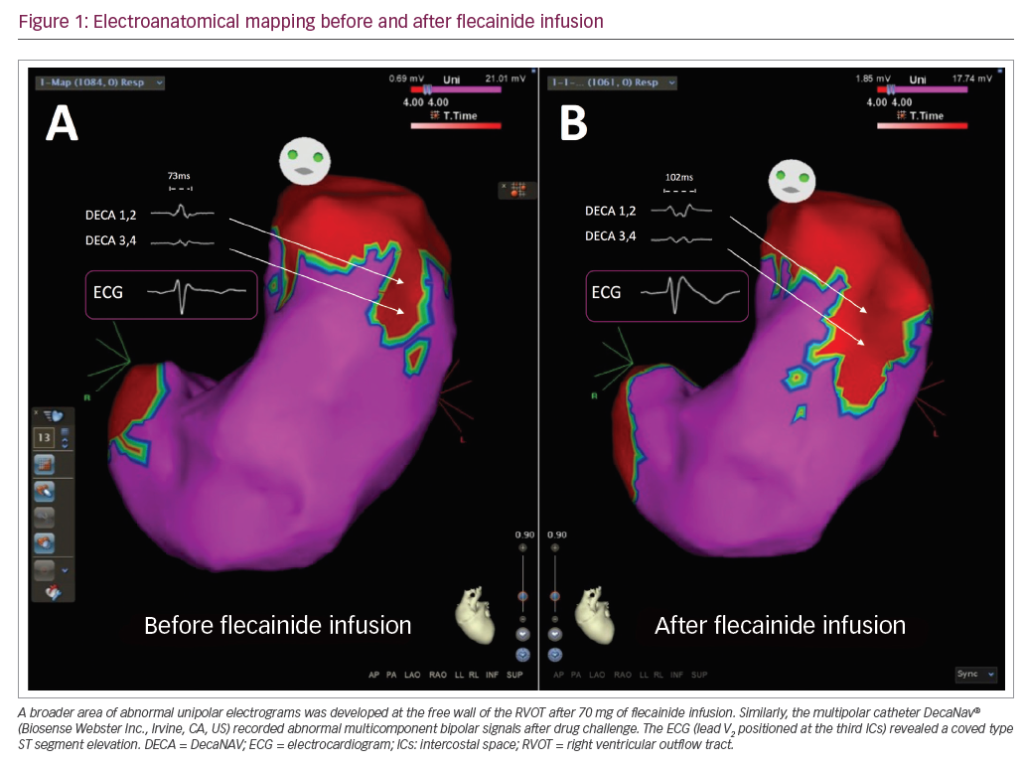Subclinical coronary atherosclerosis identified by coronary computed tomographic angiography in asymptomatic morbidly obese patients
Abstract
Overview
Obesity is a common public health problem
and obese individuals in particular have a disproportionate
incidence of acute coronary
events. This study was undertaken to identify
coronary artery lesions as well as associated
clinical features, risk factors and demographics
in patients with a body mass index (BMI)
>40 kg/m2 without known coronary artery disease
(CAD). Morbidly obese subjects were
prospectively recruited to undergo coronary
computed tomographic angiography (CCTA)
using a dual-source computed tomography
(CT) system. CAD was defined as the presence
of any atherosclerotic lesion in any one coronary
artery segment. The presence, location,
and severity of atherosclerosis were related to
patient characteristics. Forty-one patients (28
women, mean age, 50.4±10.0 years, mean
BMI, 43.8±4.8 kg/m2) served as the study population.
Of these, 25 patients (61%) had at
least one coronary stenosis. All but 2 patients
within the CAD cohort had coronary artery calcium (CAC) scores >0, and most plaques identified
(75.4%) were non-calcified. There was a
predilection of calcified and non-calcified atherosclerosis
involving the left anterior
descending (LAD) coronary artery compared
with other coronary segments. Univariate predictors
of CAD included older age, dyslipidemia,
and diabetes. In this preliminary study
of young morbidly obese patients, CCTA
detected a high prevalence of calcified and
non-calcified CAD, although the later predominated.
Keywords
Computed tomography, morbid obesity, risk factors, atherosclerosis.
Article Information
Correspondence
Peter A. McCullough, Providence Park Heart Institute, St. John Providence Health System Novi, MI, USA E-mail: peteramccullough@gmail.com
Received
2010-07-21T00:00:00
Further Resources

Trending Topic
As of the publication of this article, the coronavirus disease 2019 (COVID-19) infection has affected over 400 million people around the world and caused over 6 million deaths.1 Although COVID-19 infection predominantly affects the respiratory system, studies have described a wide spectrum of cardiovascular manifestations, including asymptomatic myocardial injury, myocardial infarction and myocarditis.2 Echocardiography is an easily […]
Related Content in Imaging

More than half of acute coronary syndromes (ACS) occur in subjects with no significant coronary stenosis.1 In view of the number of patients dying each year from a heart attack, the question of identifying these patients is of primary importance. ...

Left main Stenosis Stenting Normalizes Wall Shear Stress of Ascending Aorta in Bicuspid Aortic Valve
Bicuspid aortic valve (BAV) represents the most common congenital cardiac anomaly, with a prevalence ranging between 1% and 2% in the general population.1 BAV is known to be associated with dilation and dissection of the ascending aorta, and the significantly higher shear ...

Anomalous coronary arteries originating from the opposite sinus of Valsalva (ACAOS) is one of the most clinically relevant abnormalities among the wide spectrum of coronary artery anomalies.1 Sudden cardiac death has been related to myocardial bridges, ectopic origin of the ...

Introduction: The restriction of activation mapping to the ventricular surface of contemporary mapping systems often leads to failure to correctly identify the true site of origin (SOO) of intramural and/or sub-epicardial Vas and lower procedural success. Electromechanical wave imaging (...

Introduction: Leadless left ventricular (LV) endocardial pacing with the WiSE-CRT System (EBR Systems Inc) is a novel treatment in the field of cardiac resynchronization therapy (CRT). The system was designed to provide lateral wall LV pacing (LVP) in response to ...

Background: The spatial resolution of a mapping catheter is determined by factors such as the quantity of electrodes, their inter-electrode spacing, and the various configurations in which they are utilized. These factors impact the interpretation of wavefront dynamics during cardiac ...

Background: Obesity-related cardiac remodelling may be reflected through electrocardiogram (ECG) changes. Based on this premise, we hypothesised that an artificial intelligence (AI)-ECG model could be trained to predict body mass index (BMI), and that the difference between AI-ECG predicted ...

Athletes represent the fittest individuals in our society, yet paradoxically carry an increased risk of sudden cardiac death (SCD) when compared to sedentary individuals with the same cardiac disease.1,2 Two recent studies have provided a realistic prevalence of young SCD ...

Sudden cardiac death arises from the unexpected stopping of the heart and is associated with up to a half of cardiovascular deaths. We discuss with Professor Martin Borggrefe how to identify patient populations at risk of sudden cardiac death (...

Brugada syndrome (BrS) is a genetic arrhythmia syndrome with increased risk of sudden cardiac death. Unmasking a type I BrS electrocardiogram (ECG) pattern after administration of sodium channel blockers may be associated with an increase in epicardial substrate abnormalities. We ...
Latest articles videos and clinical updates - straight to your inbox
Log into your Touch Account
Earn and track your CME credits on the go, save articles for later, and follow the latest congress coverage.
Register now for FREE Access
Register for free to hear about the latest expert-led education, peer-reviewed articles, conference highlights, and innovative CME activities.
Sign up with an Email
Or use a Social Account.
This Functionality is for
Members Only
Explore the latest in medical education and stay current in your field. Create a free account to track your learning.

